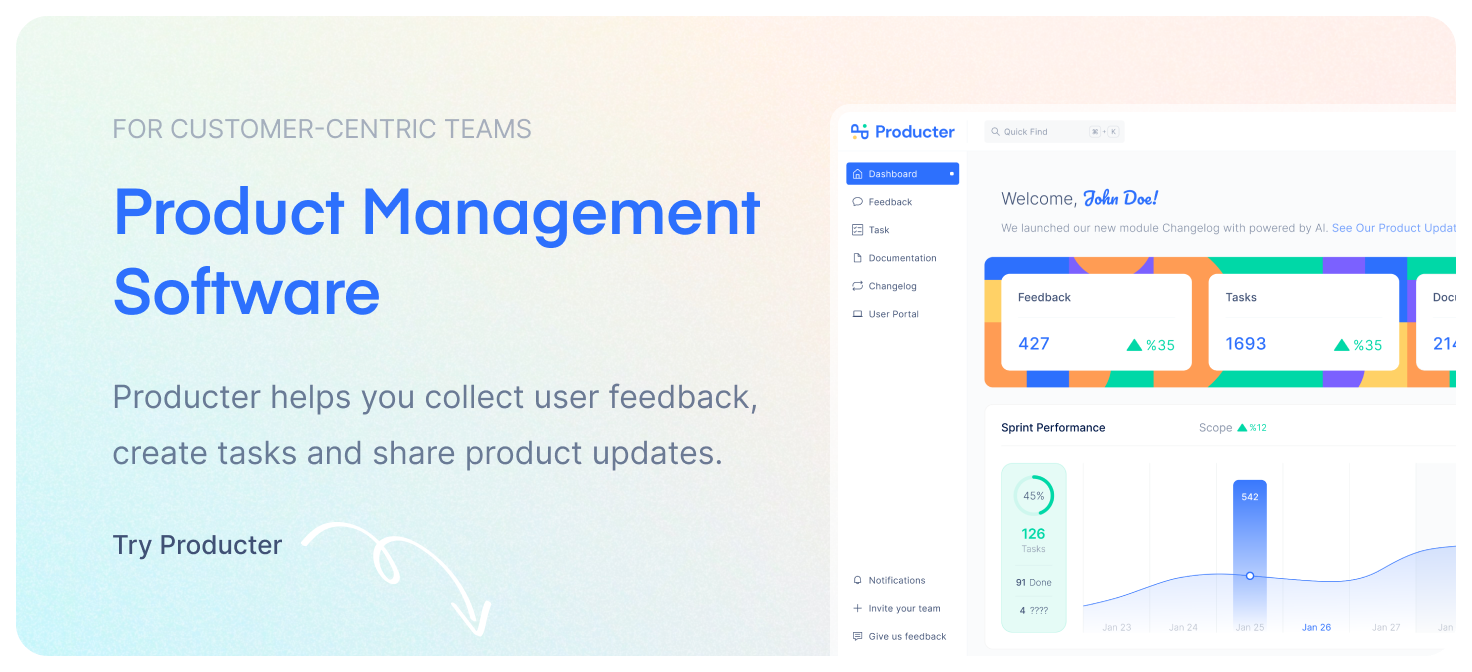Technical debt is the cost of maintaining and upgrading a piece of software software or processing time. It's a metaphor for investing in short-term progress versus spending variable expenses over long-term lives. A product manager or team may be incurring technical debt that the process needs to get before they can be quickly delivered or gone.
The term "technical debt" was first coined by Ward Cunningham, a pioneer in software development. He compared the concept to financial debt to save life (in this case, time and effort) in a short time to achieve a desired method (in this case, a working software product). However, like the loan financial debt, the technical receivable interest has to be paid eventually, and if not managed properly, it can accumulate and become a huge burden on the institution.
A product management departments, varieties of technical debt are comes out. For example, a product manager consumes launch as a feature that doesn't fully test or optimize to meet deadline. These short decision frames can save frames and save a lifetime, but in the long run can lead to bugs, poor performance and increased images. Similarly, a product manager consumes using a distinctive or third-party software users that is not well documented or supported, which follows the path of technical debt.

One way that product policies can manage technical savings is to use a product management tool. These tools, technical protection features and pre-commands can give an idea about the general condition of the product, as well as auxiliary commands. For example, a product management tool needs metrics such as code complexity, test coverage, and defect dimensions that can help you identify the backlog metrics of a product manager's technical forecast. Additionally, these tools can assist in collaborating with other parts, such as product usage developers and usages, to achieve technical efficiency and results that align with the overall product roadmap.
Another way product manufactures can manage technical savings is to include these product development expenditures. This stops devoting time and resources to specifically addressing technical challenges, as well as creating a culture within the organization that values and values long-term persistence. Product design also uses uses such as intelligent development and continuous integration to help solve technical use.

To conclude, technical debt is a cost with software software and outputs maintained and upgraded over time. It's a metaphor for investing in short-term progress versus spending variable expenses over long-term lives. Product structure plays a key role in the end of technical consumption by monitoring and targeting technical requirements, including results and technical expenditure product development with developers and other side effects. Tools such as product management tools can help support these efforts.
Producter is a product management tool designed to become customer-driven.
It helps you collect feedback, manage tasks, sharing product updates, creating product docs, and tracking roadmap.






